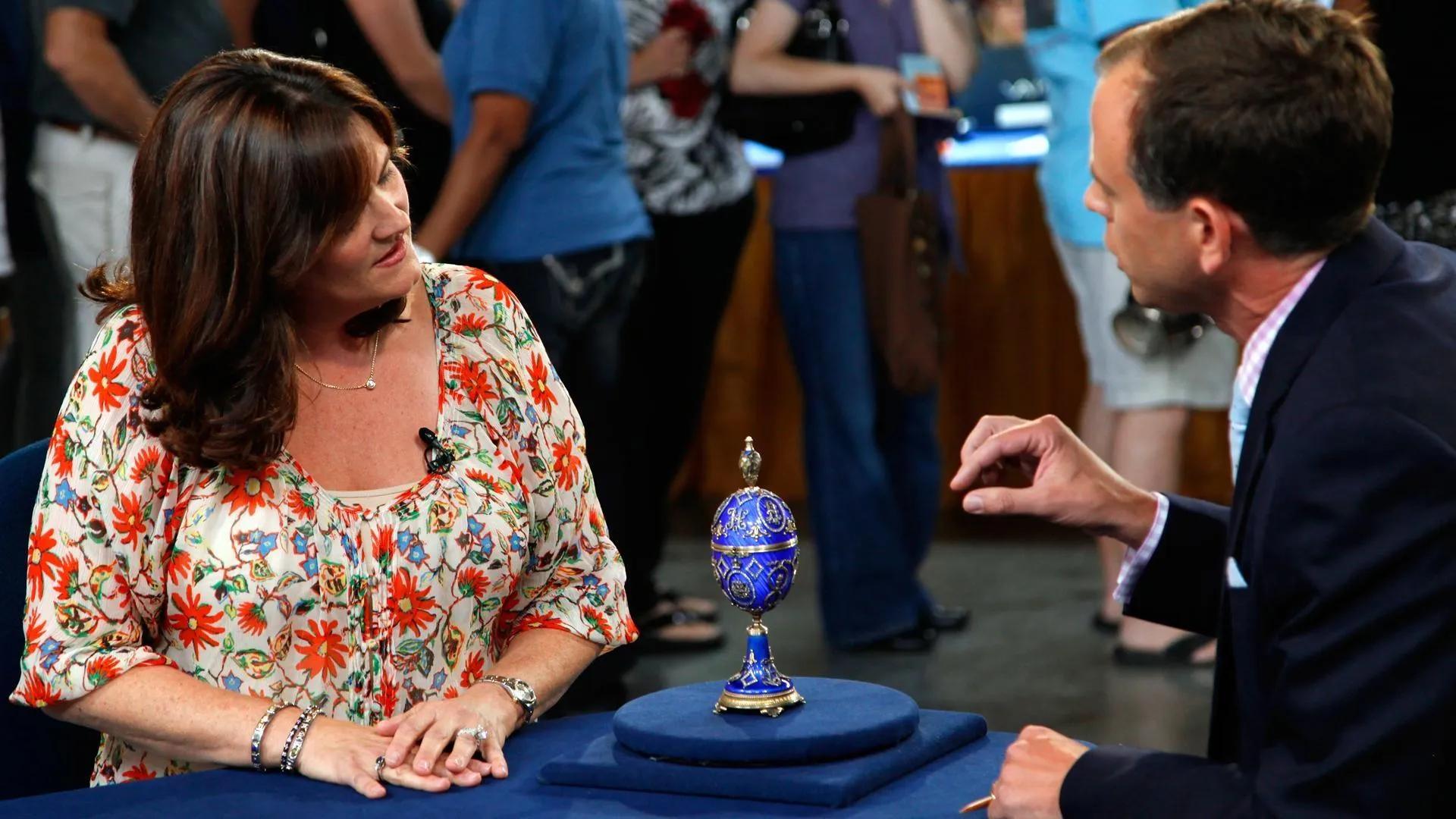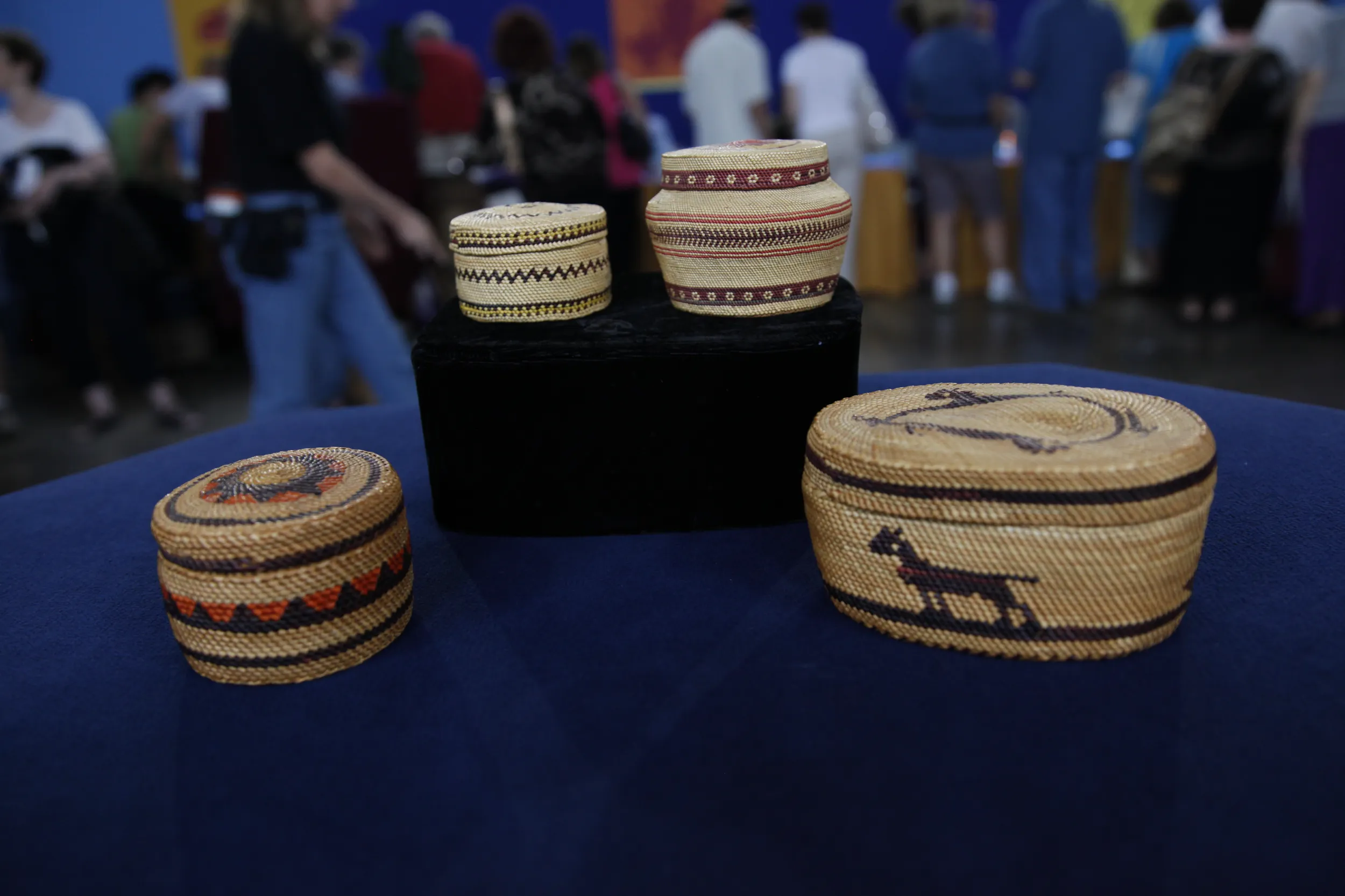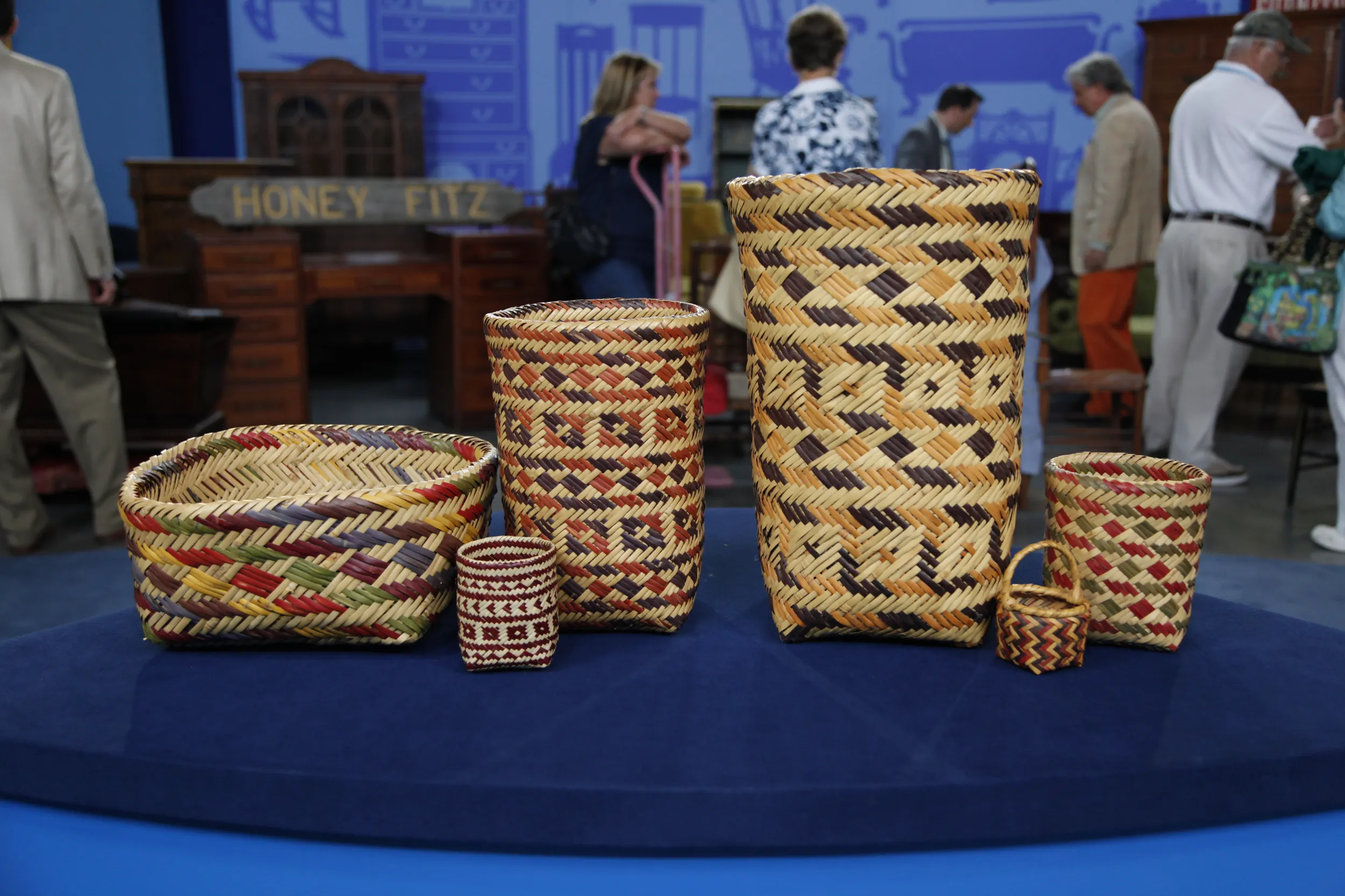GUEST: I brought two silver plates from Captain John Smith.
APPRAISER: Right.
GUEST: He was a ship captain on the mail route from Liverpool to New York.
APPRAISER: When was he doing that?
GUEST: 1829 to 1831.
APPRAISER: How often did he used to run these mail ships?
GUEST: I… believe he was eight years on one ship…
APPRAISER: Mm-hmm.
GUEST: …And then he was about four years on another one.
APPRAISER: I see.
GUEST: I think they went back and forth quite… quite frequently.
APPRAISER: And how do these relate to him?
GUEST: He would take a few passengers as kind of a nice gesture. It wasn't really a passenger ship.
APPRAISER: Uh-huh.
GUEST: When he finished the voyage, they would present him with a plate, thanking him for being so gracious, giving up his cabin.
APPRAISER: I see. Well, okay, well, that's borne out in the inscriptions on these items. If we look at this one here, it says, "From the passengers in the ship Napoleon, arrived at Liverpool December the 4th, 1829, to Captain John P. Smith." Now, he was an ancestor of yours, is that right?
GUEST: Yes, he was a great-grandfather.
APPRAISER: Uh-huh, I see.
GUEST: Great-great-grandfather.
APPRAISER: That's really wonderful, and I think – I think it's a brilliant story. Well, whatever happened to him?
GUEST: He was returning to Liverpool and there was a huge storm, and they got a few of the passengers off on one of the longboats and as he was getting ready to
go, a huge wave came and swamped the boat…
APPRAISER: Right.
GUEST: …And he was unable to leave the ship and I believe he was caught between two barrels.
APPRAISER: Oh, dear.
GUEST: As the story goes.
APPRAISER: Right.
GUEST: He was killed and went down with the ship.
APPRAISER: As a true captain should, I think. Yes, that's what they say.
GUEST: Yes, that's right.
APPRAISER: They're very nice pieces of silver…
GUEST: Mm-hmm.
APPRAISER: …without the story. If we look at the salver, for example, it's got a wonderful engraved sort of C-scroll sort of border around this inscription. Here we have a fantastic scallop shell cresting with associated sort of berries and floral motifs, which is very typical of the William IV period in which it was made. If we turn it over, we can see the hallmarks here. Now, it's made in London.
GUEST: Oh!
APPRAISER: That's the monarch's head there, and the date letter "N," which I believe stands for 1828.
GUEST: Uh-huh.
APPRAISER: So it's absolutely in tune with the story that you told me. And again, it's a wonderful cake basket with a similar sort of repoussé work. We have flowers and other sort of floral motifs, sort of a leaf frieze around here. And again, the hallmarks are on here as well. Now, this one was made, as we can see here, in Sheffield, and it has a "G" accompanying the crown there. So that's the date letter for 1830. They're wonderful pieces notwithstanding the provenance that you've given me.
GUEST: Mm-hmm.
APPRAISER: And if they were to come to me as items for auction purposes, I would value them at $2,000 to $3,000. But with the story that you've given me, I think it would be $6,000 to $8,000.
GUEST: Oh!
APPRAISER: The market for silver is strong at the moment, so I think they would do very well.
GUEST: Oh! Well, that's very interesting. I wanted to know where they were made…
APPRAISER: Mm-hmm.
GUEST: …and it's fun to know about it.









